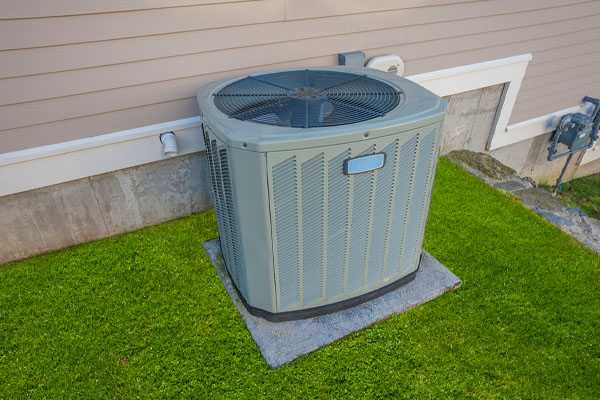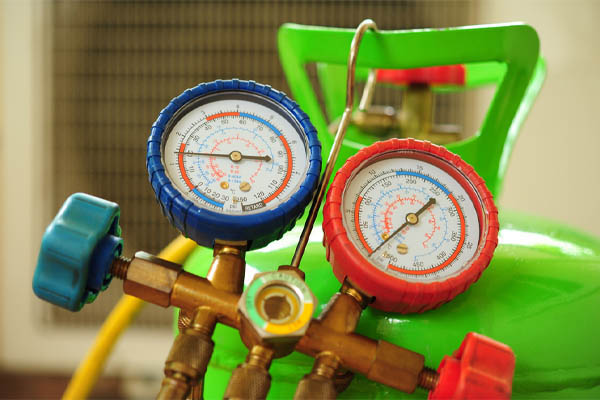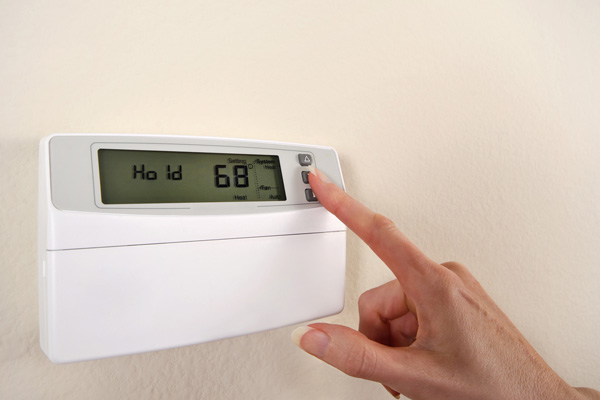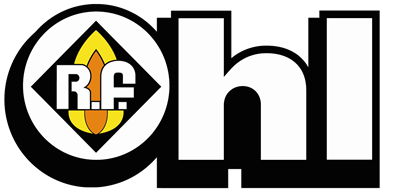How Does An Air Conditioner Work?

Turning on the air conditioner during hot days is one of the things we do to feel comfortable. The best part about this is that it takes little to no time for the room to cool down and all we do is push a few buttons, wait for a while, and enjoy the cold air.
On the hottest summer days, there’s no denying that the air conditioner is the best piece of technology that we can rely on. It protects us from heat stroke and even allows us to sleep comfortably at night.
If you think about it, it would seem magical to our ancestors how we now have the ability to control the temperature around us. But what really plays a huge part here is the intelligent application of scientific concepts that enabled us to design this system.
Have you ever wondered “How does an air conditioner work?”. Well, if you’re one of those people who asks this question, this article is for you.
How Does My Air Conditioner Cool My Home?
Contents
- How Does My Air Conditioner Cool My Home?
- Parts Of An Air Conditioner
- The Standard Cooling Process Of An Air Conditioner
- Step 1: The Thermostat Signals The Need For Cooling
- Step 2: The Refrigerant Absorbs Heat From The Indoor Air
- Step 3: Fans Blow Back Cooler Air To The House
- Step 4: Heat Within The Refrigerant Is Released Outdoors
- Step 5: Fans Blow The Hot Air To The Surroundings
- Step 6: The Cold Refrigerant Goes Back To The Indoor Unit
- Conclusion
- Call R.F. Ohl For All Of Your HVAC Requirements
In this article, we’re going to discuss how your cooling system can keep your home nice and cool during the summer season. We’ll start by identifying the parts of an air conditioner and the role they play before we discuss the step-by-step standard cooling process.
Parts Of An Air Conditioner
The air conditioner has four important parts:
- Refrigerant
- Evaporator Coils
- Condenser cells
- Compressor
Let’s take a look at what role they each play in the whole cooling process.
1. Air Conditioner Refrigerant

First, we have the refrigerant, the lifeblood of the system. Without it, your home may not cool down. Why is that so?
The refrigerant is a chemical responsible for carrying heat away from inside the house to outside of the house. So if we talk about the cooling cycle, it actually refers to the refrigerant’s journey across the different components of an air conditioner and how it changes from hot to cold along the way.
2. Evaporator Coils
The next part of an air conditioner that we’ll discuss is the evaporator coils. These are the main components of the indoor unit that interacts with the household environment and absorbs the heat inside. To ensure that the evaporator coils function at optimum, you need to keep them clean by replacing the HVAC air filters periodically.
3. Condenser Coils
Condenser coils, on the other hand, are the main components of the outdoor unit that interacts with the outside environment and releases heat outside. These coils are very vulnerable to dirt and other debris coming from the outside, so you need to keep them clean, too.
However, cleaning the condenser coil would require not just changing air filters. So be sure to call a professional to schedule an air conditioner tune-up before summer.
4. Compressor
The last important component of an air conditioner is the compressor. This component works like a pump to move the refrigerant from the evaporator coils to the condenser coils. Without the compressor, the whole unit won’t work. In other words, this component is like the heart of the entire system.
The Standard Cooling Process Of An Air Conditioner
Now, let’s answer the question of how an air conditioner works.
Let’s say you just arrived home from work. Of course, your air conditioner is turned down because you’re saving on energy. Now, you feel hot, and you want your air conditioner to cool your home. So you turn up the cooling system by setting the temperature you want.
Here’s where the whole cooling process starts…
Step 1: The Thermostat Signals The Need For Cooling

The thermostat is the part of your air conditioner that you use to set the temperature you want.
After the temperature is set, the sensors will check the room’s current ambient temperature, and if it’s higher than what you desire, the thermostat will immediately send a signal to start the cooling cycle.
The compressor and fans will then come to life, and the refrigerant will start its flow across the system.
Step 2: The Refrigerant Absorbs Heat From The Indoor Air
The refrigerant’s first stop is the evaporator coils of the indoor unit. This is also the point where the chemical starts cooling. Once it gets in contact with the hot indoor air, it will then absorb that heat like a sponge.
The air inside will then start to become colder, while the refrigerant at this point becomes warmer. And if the indoor air is humid, then the vapor also turns into water as the temperature lowers.
In other words, an air conditioner unit can also lower the humidity of the room. That’s why air conditioners also have trays on standby to collect any moisture and divert that outside, preventing any leakage and floor damages on the floor.
Step 3: Fans Blow Back Cooler Air To The House
We did mention that the fans will also come on after it receives a signal from the thermostat. They will blow cold air around the evaporator coils back into the house.
If you have a central air conditioning system, the cold air will travel through the ducts to reach every room for uniform cooling. But if you have a split system, the fans will only blow cold air to the specific room where they are installed.
With the latter system, occupants have the ability to control the temperature within their own room to satisfy their needs. Each occupant can also turn off the indoor unit in their room if they’re not using it to reduce energy consumption.
Step 4: Heat Within The Refrigerant Is Released Outdoors
Now, the refrigerant can’t keep absorbing heat the whole time. So when it gets too hot, it will travel back to the outdoor unit to release the heat it gathered. The refrigerant will dump all heat until it reaches equilibrium again.
Step 5: Fans Blow The Hot Air To The Surroundings
As the refrigerant cools down, the fan helps it cool down faster by blowing air across the condenser coils. This enables the heat to move outside quickly.
During this process, the outside temperature becomes hotter. Fortunately, you don’t have to worry about this. The outside environment is open, so the wind will just simply blow the hot air away. What’s good about this, though, is that your home can just keep releasing cool indoor air to the surroundings outside.
Step 6: The Cold Refrigerant Goes Back To The Indoor Unit
Now, once the refrigerant releases enough air and has gotten colder, the compressor will pump it back to the indoor unit, and the cycle repeats.
This process will just continue until the thermostat detects that the current indoor temperature is already the same as the temperature you’ve set. Once this is achieved, the unit will stop the cycle and will rest a bit.
But once the temperature becomes higher, the unit will restart the process to cool the home again.
Conclusion
Air conditioners do not produce cold air from scratch. Instead, it removes heat from inside your house and releases that outside until it reaches the desired temperature.
The design is very clever and has proven to be effective for decades and just keeps on improving. New models continue to push the boundaries, making units more energy-efficient, leading to lower energy consumption and better comfort for everyone.
Call R.F. Ohl For All Of Your HVAC Requirements

R.F. Ohl offers superior heating and cooling services in the Poconos and the Lehigh Valley, Pennsylvania.
We make sure to hire certified HVAC technicians who can provide you with excellent services, including heating and air conditioning tune-ups, repairs, installations, and replacements. Each technician has outstanding knowledge and experience to serve your HVAC system needs correctly.
R.F. Ohl guarantees to provide the most competitive heating and cooling service costs in the area. Our maintenance services ensure to improve your comfort, increase your system’s energy efficiency, and reduce your home’s heating and cooling costs.
Need your system repaired or replaced? We’ll recommend the best one for your home and is within your budget. The best part is, all our work is backed with a guarantee to ensure your satisfaction.
If you wish to schedule a service appointment, give us a call today! We also offer free in-home estimates.
Click here to contact us today or give us a call at (610) 377-1098 if you have any questions.